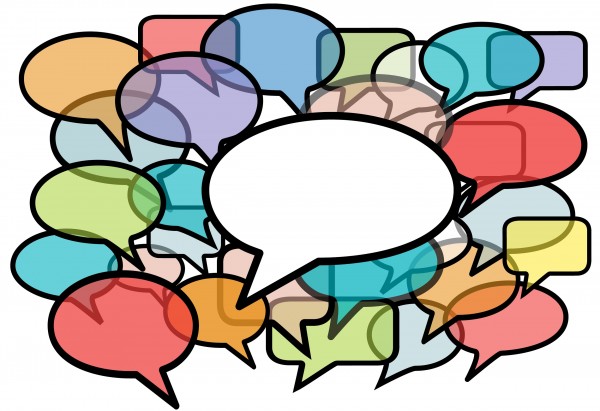 Do you remember the days of booking a hotel and then calling to make an alteration? Or in realistic terms, waiting on hold to hopefully talk to someone who might be able to make the change. Customer service has certainly moved forward from these expectations, but has that come with the cost of losing the human touch?
Do you remember the days of booking a hotel and then calling to make an alteration? Or in realistic terms, waiting on hold to hopefully talk to someone who might be able to make the change. Customer service has certainly moved forward from these expectations, but has that come with the cost of losing the human touch?
Faster, simpler, more direct – three of the many reasons to set up customer service methods on your social media accounts. It seems an obvious route, with so many consumers taking to Twitter, Facebook etc. to voice their opinions. But as all our communications move to behind a screen, it’s vital to keep the personalization a phone call can deliver.
With power, comes great responsibility and this is certainly the case with social customer service. It can be very easy and time saving to create a library of useful canned responses, to fire off here there and everywhere. This might answer your customer’s question (or not!) but it’s certainly not like receiving a dedicated Tweet or Facebook message, written especially for you and your query. In some circumstances, canned responses are perfect, but the important thing to remember is when not to abuse them.
Personally, I love it when someone uses my name in a reply. Sometimes even the smallest details can show some thought has gone into their reply, and that person isn’t just firing out replies one after the other. Personalization can be anything as small using someone’s name to going deeper and researching the customer social media account to gain more knowledge about them, which they can use in their correspondence. Am I right, fellow diving enthusiasts? (Yes, that was a long shot, but wouldn’t it have felt personal if you were?)

The beauty behind using social media as a customer service method is that you don’t have a queue of customers waiting to talk to someone one-to-one, neat huh? You can respond to query after query in quick succession, in a way you’d never be able to achieve via phone.
Setting an achievable response time for engaging with any social media queries is crucial too. Set the bar too high and you’ll have customers tweeting you back asking why you didn’t reply. Setting it too low, and your operators may get sidetracked, and therefore inefficient, without a tight response time to meet. Finding the sweet spot, and then advertising it, should be one of the first things you investigate.
Lastly, before the days of social media, businesses had no idea what their customers (or in fact anyone) was saying unless it was to their face, whether it be positive or negative. With channels such as Twitter, businesses have access to conversations and opinions they could do nothing about before. With social media comes the ability to ‘jump’ onto indirect tweets regarding your brand. With the possibility to turn a negative comment into a positive, comes the possibility of making extra sales, both from the person who was saying the bad thing, and the people they’re likely to tell about their experience.
If you’re going to use social media for customer service, it needs to be a thought through decision. Don’t dive in head first and ruin your reputation or brand image with a poorly worded, or even non-existent, tweet.
About the Author
Elena Lockett works for Gnatta. Gnatta is a multi channel software which allows businesses to listen and engage with their customers, across a range of social media sites and traditional methods. Gnatta also provides a wide range of analytics to help businesses even further.




